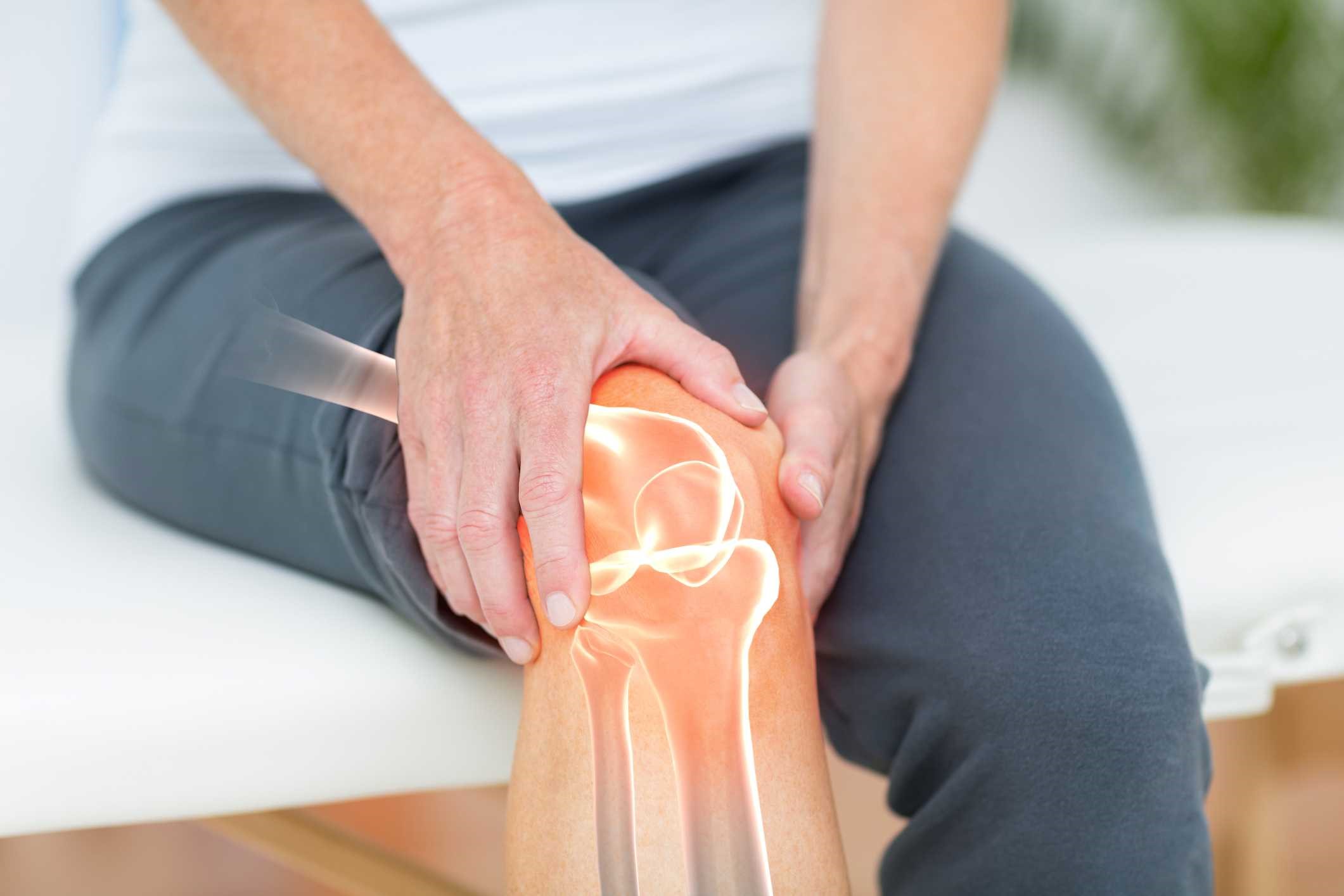
Osteoarthritis of the knee is a common condition that affects millions of people, especially as they age. This degenerative joint disease can cause pain, stiffness, swelling, and limited mobility in the knee joint, making everyday activities difficult. While surgery is often considered a treatment option for severe cases of osteoarthritis knee pain, there are also several surgery-free treatment options available that can help manage symptoms and improve quality of life.
One of the most common surgery-free treatment options for osteoarthritis knee pain is physical therapy. A physical therapist can work with you to develop a customized exercise program that focuses on strengthening the muscles surrounding the knee joint, improving flexibility, and increasing range of motion. These exercises can help reduce pain and improve function in the knee, allowing you to move more comfortably and with less difficulty. Physical therapy can also help you learn proper body mechanics and techniques for performing daily activities to prevent further damage to the knee joint.
Another surgery-free treatment option for osteoarthritis knee pain is weight management. Carrying excess weight puts added stress on the knee joint, which can exacerbate symptoms of osteoarthritis. By maintaining a healthy weight through a combination of diet and exercise, you can reduce the strain on your knee joint and alleviate pain and discomfort. Losing even a small amount of weight can have a significant impact on your knee health and overall well-being.
In addition to physical therapy and weight management, there are several other non-surgical treatment options for managing osteoarthritis knee pain. These may include over-the-counter pain medications, such as acetaminophen or nonsteroidal anti-inflammatory drugs (NSAIDs), to help reduce pain and inflammation in the knee joint. Topical treatments, such as creams or patches containing capsaicin or menthol, can also provide temporary relief from knee pain.
Bracing or taping the knee can help provide support and stability, reducing strain on the joint and improving mobility. Using assistive devices, such as a cane or walker, can also help reduce pressure on the knee joint and make walking easier. In some cases, injections of corticosteroids or hyaluronic acid into the knee joint may be recommended to help reduce pain and improve function.
Alternative therapies, such as acupuncture, massage therapy, or chiropractic care, may also offer relief from osteoarthritis knee pain for some individuals. These treatments focus on addressing imbalances in the body, promoting relaxation, reducing inflammation, and improving circulation to the affected joint. While the effectiveness of these therapies varies from person to person, many find them to be a valuable addition to their overall treatment plan.
It is important to work closely with your healthcare provider to develop a comprehensive treatment plan for managing osteoarthritis knee pain. This may involve a combination of surgery-free treatment options tailored to your individual needs and preferences. By taking a proactive approach to managing your knee pain, you can improve your quality of life and maintain your mobility and independence for years to come.
While surgery may be necessary for some individuals with severe osteoarthritis knee pain, many people can effectively manage their symptoms and improve their quality of life with surgery-free treatment options. By incorporating physical therapy, weight management, pain medications, bracing, and other non-surgical treatments into your daily routine, you can reduce pain, improve function, and enjoy a more active lifestyle. Remember to consult with your healthcare provider before starting any new treatment regimen to ensure that it is safe and appropriate for your specific condition.
In conclusion, managing osteoarthritis knee pain without surgery is possible with the right combination of conservative treatment options. By staying active, maintaining a healthy weight, and exploring alternative therapies, you can effectively manage your symptoms and enhance your overall well-being. Remember that every individual is unique, so be sure to work closely with your healthcare provider to find the best treatment plan for your specific needs. With dedication and perseverance, you can take control of your osteoarthritis knee pain and live a full and active life.

